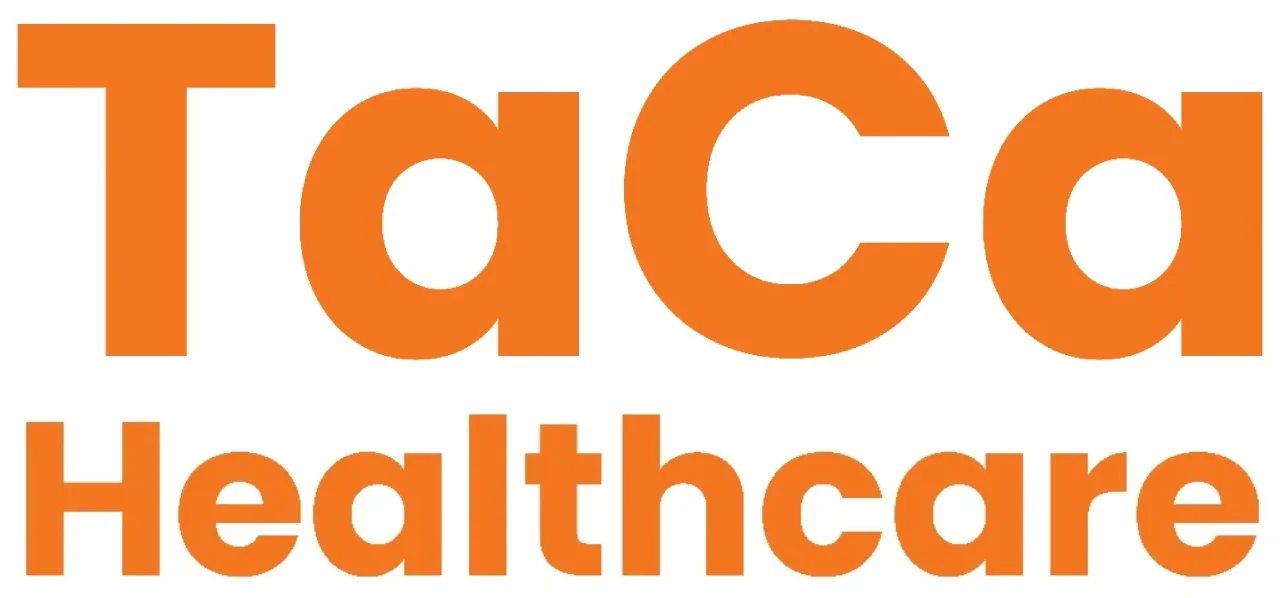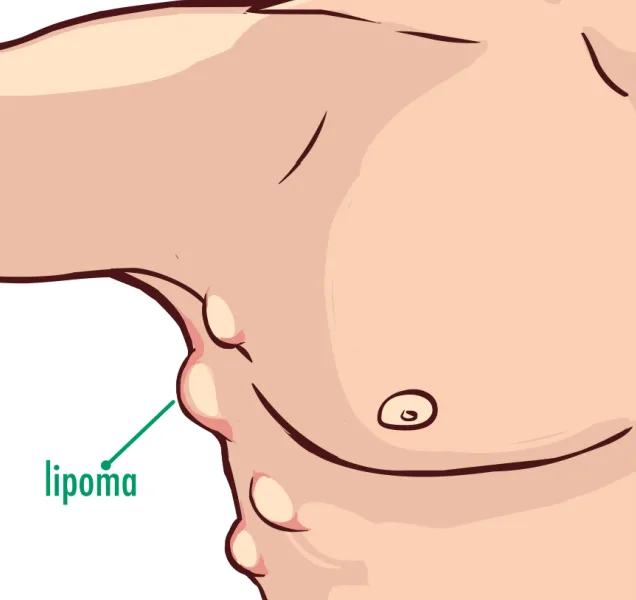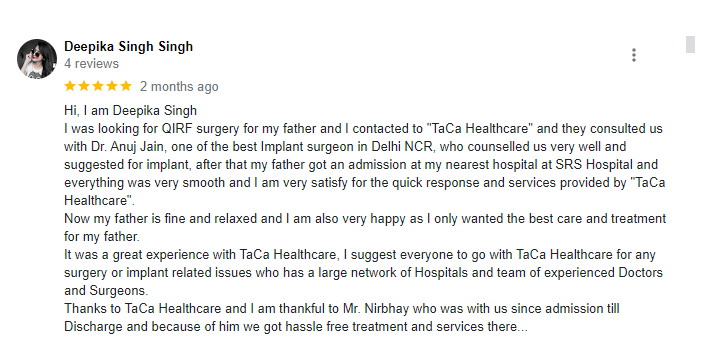What are lipomas?
Lipomas may be defined as the non-cancerous, smooth, fatty lump that develops just under the skin’s surface, typically round or oval in shape. It's composed of fat cells, can be easily moved when touched, and does not cause any pain. Although lipomas can develop anywhere on the body, they most frequently occur on the neck, arms, shoulders, back, and trunk (torso).
Mostly, lipomas appear between the age of 40–60, but can develop at any point in life, including at birth. It can affect individuals of all genders, and are more prevalent in women.















